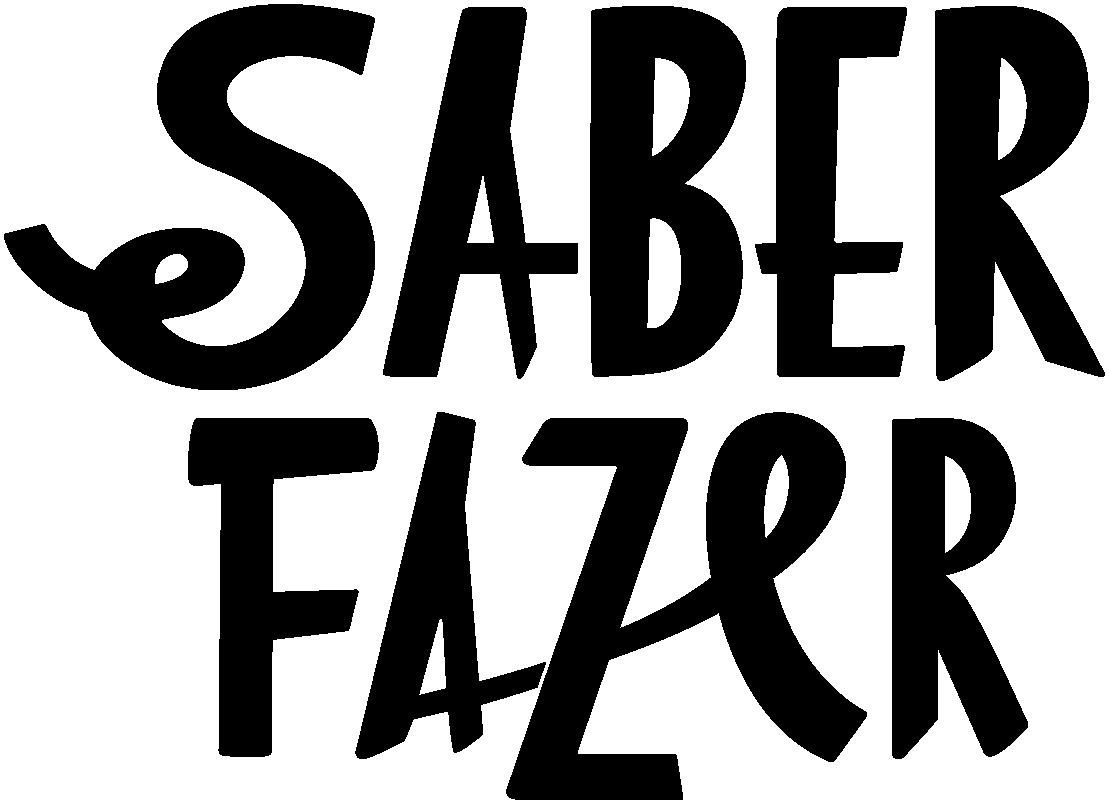Blog

Instars and moultings
Silkworms, in the larval stage, go through an enormous size increase and, periodically, they need to shed their skin in order to be able to grow - they are born with just a few millimeters and they grow to be 7 or 8cm long before cocooning.

The Flax field in Serralves
I haven't even talked about sowing the flax, that we did last April, but by now the flax has flowered and the seed capsules are maturing. I'll get around to talk about it, but I needed some time to organize information, take care of silkworms and plan a few more things I haven't talked about yet, and all along the flax was growing.

Clean. Feed. Repeat.
During the growth weeks in between the hatching and the cocooning, silkworm rearing is basically about cleaning the installations, feeding them, and repeat the process while we watch them grow.

The Bowen Shearing Technique
The first few times I talked with Suzana about the type of shearing done by Martin, she told me he used a specific technique, called the Bowen Technique, and directed me to this video me to introduce the subject.

Why shear?
The only purpose of shearing is not to extract wool as a raw matter, and I would even say that for most breeds kept by man, that is not even the main goal. Here in Portugal, where most sheep aren’t bred specifically for wool, and where most of the wool is no longer so valuable as it used to be, the animals are shorn anyway.

Shearing at Quinta de Serralves - 2015
Last saturday we had fabulous weather, an interested audience showed up, and after the nice shearing done by Martin, the sheep are now much lighter and we have some beautiful fleeces from the Bordaleira-de-Entre-Douro-e-Minho to work with. It was a perfect morning.

The cloth from those seeds
I've known Maria das Dores for about two years. I couldn't forget the time I met her because I almost went bankrupt for buying yards and yards of the fabric she manufactures completely on her own, right from those seeds. I've been saving that fabric ever since and have only used a small square for a very special occasion.

Shearing is coming!
We're almost in May and shearing season has been open for a while now, but in Serralves, the first time the Bordaleiras-Entre-Douro-e-Minho sheep will be sheared in the farm will be in the next saturday, the 9th of May, starting at 11h in the morning.

The newborns
Our silkworms hatched a week or so ago! Only a few of the fertilized eggs didn't hatch, which was great.

The silkworm eggs
My first idea, to find someone who could offer us the silkworm eggs, was to contact the Centro de Artesanato de Freixo de Espada à Cinta. That's where, back in 2011, I got to see the whole cycle, from egg to yarn. But I hadn't been there since that time, and I came to know only now, that the Center was shut down in mid 2012.

Portuguese spindles - better than ever!
The new batch of portuguese spindles came out even better than the previous one.

Recent acquisitions
The books I look for are always more technical and practical than historical or ethnographic, which makes them harder to find. But recently I've come across a few that have to do with topics I'm researching.

Galego Flax: the seed
I had been offered Galego Flax seed in a previous occasion, although in a small quantity, so I never thought that getting enough seed for the area we had planned to grow would be so difficult. But until now, I had never tried to buy or get seed of this variety.

Flax. But which flax?
All cultivated flax belongs to the Linum usitatissimum L. species, of which there are hundreds of different varieties. Some of these varieties are commercial and it is these that are currently used for the commercial production of flax for various purposes, as they are more productive.

2015 - Saber Fazer in Serralves
After Saber Fazer's last presence in Serralves, for the Autumn Festival activities we organized, I was invited to make a proposal for a program related to this subject, to be carried out throughout 2015, in their grounds.

Work in progress with Guida
Last time I went to Lisbon, I took the opportunity to visit Guida Fonseca and work with her on what I hope to be Saber Fazer's next little book. With Guida involved it's not a surprise that it will have something to do with the beautiful craft of weaving.

How many tools can you use to make a groove
If you're an experienced enough spinner, you can spin fiber with anything, even a rock. That's why my pickiness with spindles, weight, shape and material can be completely subjective.

Woodworking tools: What they are called. What they are for.
This book and poster about woodworking hand tools used in Carpentry and Joinery exist for a very simple reason: one day I needed to find a book that would simply list all these tools, because when I'm in a workshop I like to at least be able to tell apart a gouge from a chisel, and I couldn't find anything that was clear and simple.

Saber Fazer has a new online shop!
When I'm silent for a long time, that's usually because I'm "cleaning up the house", and that's always a good reason, because after a little restructuring there are always new things to talk about.
The first and most obvious is that from this year onwards Saber Fazer has a new online store!

It was a festival
And this is how it was in Serralves, at the Festa de Outono, last sunday. I think that it was the first time that any of us, both in the textile and basket weaving activities, had to deal with so many people at once.

